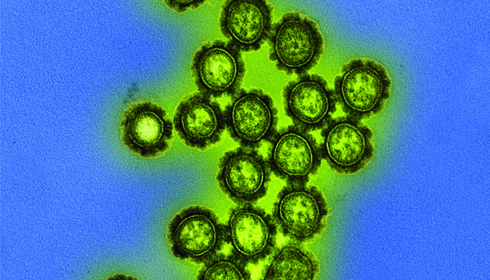
Study of virus causing hemorrhagic disease in elephants might help in development of diagnostics
The study on the hemorrhagic disease (HD) affecting the Asian elephant population, particularly focusing on the elephant endotheliotropic herpesvirus subtypes (EEHV), holds significant promise for the development of diagnostics and therapeutics. The research, conducted by the ICAR-Indian Veterinary Research Institute (ICAR-IVRI) in Izatnagar, Bareilly, with support from the Science and Engineering Research Board (SERB), provides valuable insights into the patho-epidemiology of the disease.
Given the rising mortality of elephant calves due to HD in both captivity and free-range environments in India, the study addresses a critical concern for the conservation of Asian elephants, which represent 55% of the total world elephant population and are considered national heritage animals. The increase in EEHV-HD outbreaks has been a significant factor contributing to the decline of this population.
The research sheds light on the molecular identification and characterization of different EEHV strains circulating among Indian elephants, contributing to the global understanding of this virus. While some scientific studies have been conducted on EEHV in recent years, the Indian context has been relatively underexplored, with only a few case reports. The study emphasizes the need for more intensive screening to assess the disease's status in both wild and captive populations.
One of the key takeaways is the potential for developing sero-diagnostics, vaccines, and therapeutics against EEHV-HD. Understanding the virus's genome and molecular mechanisms involved in the dysfunction of endothelial cells associated with the disease is crucial for designing effective interventions. The ultimate goal is to create point-of-care diagnostics that can identify the lethal virus at the pre-clinical stage, enabling prompt and targeted measures to protect the elephant population.
In summary, this research contributes significantly to the ongoing efforts to combat hemorrhagic disease in Asian elephants, offering hope for the development of tools and strategies to safeguard these majestic creatures from the devastating impact of EEHV-HD.